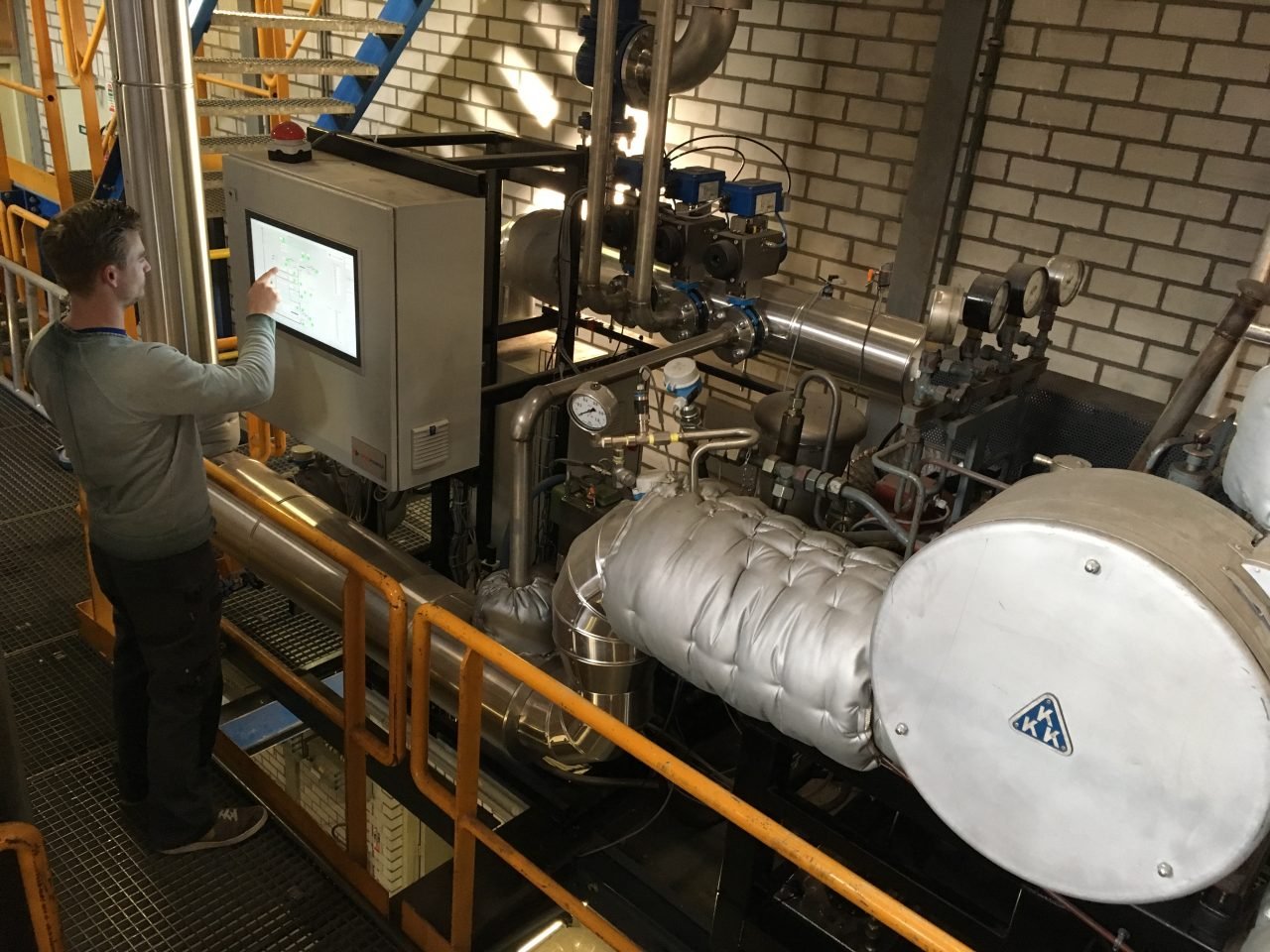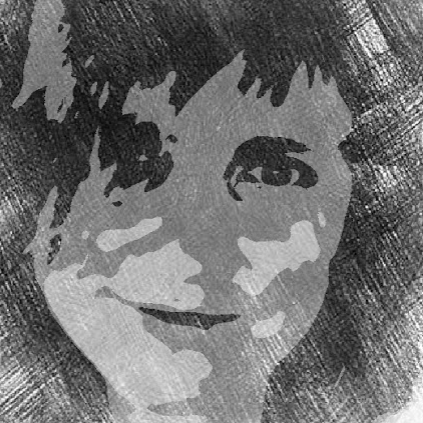
During his mechanical engineering studies at the TU in Eindhoven, Henk Ouwerkerk came up with a system that allows combined gas and steam turbines to generate supplemental electricity ‘on demand’. And now, fifteen years later, his idea has evolved into a product that he plans to sell through his company Heat Power. It will be on the market for the first time next year.
What motivated you to set up Heat Power and what problem does it resolve?
“I always wanted to become an entrepreneur and I always have all sorts of ideas too. I had written down a few of them and I thought they could turn out to be something. I have been lucky enough to have been given the freedom to design a prototype at the TU/e during my Masters and subsequently as part of my PhD in Mechanical Engineering.
My idea was to enhance electric generation from existing combined gas and steam turbines so that they can meet market demands more quickly. So turbine can generate more electricity when there is more demand, and less when there is less demand. This innovation is particularly interesting for smaller factories that use steam, for example to heat raw materials during their manufacturing process.
Electricity on demand
A combined gas and steam turbine which is capable of generating electricity is already a reality in large power plants. But these turbines run continuously and on the basis of a consistent air flow. You can’t turn them on or off from one moment to the next. This is possible with our system, the Rankine Compression Gas Turbine (RCG). How? We let the steam turbine drive the gas turbine’s compressor. We then use a special valve in order to gauge how much air can or cannot pass through the steam turbine. The more air you let in, the more electricity is produced by the generator connected to the turbine. This allows you to generate as much electricity as you need at any time. That way you save on costs as a company. Because then you don’t have to buy energy from an external supplier.
If you generate more power than you need for your own manufacturing process, you can also sell it if there is a demand for it. You could earn money from that. Our Rankine Compression Gas Turbine generates electricity on demand. That’s very useful. Because when a great deal of sustainable solar and wind energy is already being produced, you don’t want to add to the electricity supply. That’s of no use to anyone. In that case, the electricity grid might become overloaded.”

What has been the biggest obstacle that you have had to overcome?
“Our turbine is an industrial hardware product. You have to finance the transition from an idea to a working system in a factory. Before you get that far, you are already talking about an investment of $1 million. And then you haven’t even done anything over the top. The steam turbine that we had to buy was the most expensive component for us. I found a used one in Germany. The new price is €150,000. But I bought this one for €10,000.
I attracted investors and issued shares for each stage of the design of Heat Power. At first, these were business angels from my own network, and then investment companies later on. I also applied for an energy innovation grant from the Netherlands Enterprise Agency. Looking for funding was half the work. I also spent many years investing my own unpaid time and money in it. We did energy consultancy work for third parties through the company. That’s how we earned money. We put that back into the company. We have made steady progress thanks to this diverse mix of income.
In the early days, I was also a truck driver in the evening hours for one of my business angels who is in the meat industry. I also drove trucks full of beer crates to supermarkets’ distribution centers for a beer brewery at night. I am a night person, so that wasn’t a problem. Then at 10 a.m. the next morning, I started tinkering with the prototype for my own company again.
What has been the biggest breakthrough so far?
“That was the pilot at the Hout Industrie Schijndel factory towards the end of last year. Our Rankine Compression Gas Turbine is actually integrated into the manufacturing process there. We were able to demonstrate that our turbine is capable of a quick change of gear without hampering the manufacturing process.”
What can we expect from Heat Power in the coming year?
“Then we will bring our first full-scale commercial model onto the market. The model used in the pilot is made up of just one module. You need several in order to be profitable because you can then generate more electricity that way. We currently have three potential customers. But we are hoping for more.”
Where do you want Heat Power to be within five years? What is your ultimate goal?
“That purchasers of steam turbines will be able to choose the Rankine Compression Gas Turbine as an extra option via the established suppliers. The market in Europe, where there are 25,000 companies that use steam, is large enough for us. Although it continues to be a niche market. After all, these are exclusively companies that use steam in their manufacturing process and that want to generate flexible electricity.”
What does Heat Power’s innovation improve in comparison to products in your segment of the market?
“That you only need to generate extra electricity with this turbine when there is a demand for it. In order to supplement the supply of renewable energy from the sun and wind, which is very difficult to regulate.”
Are you interested in start-ups? Read all of articles from our series here.






